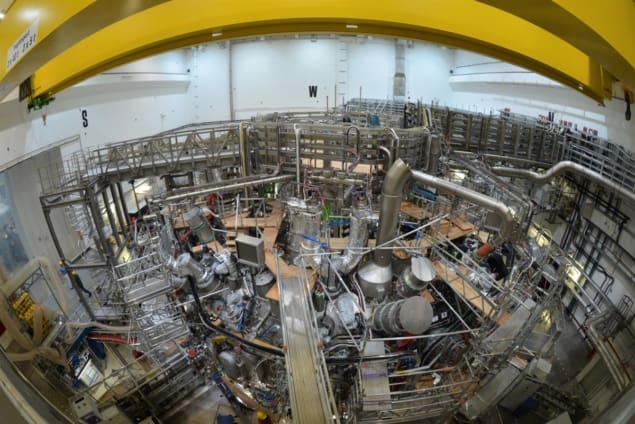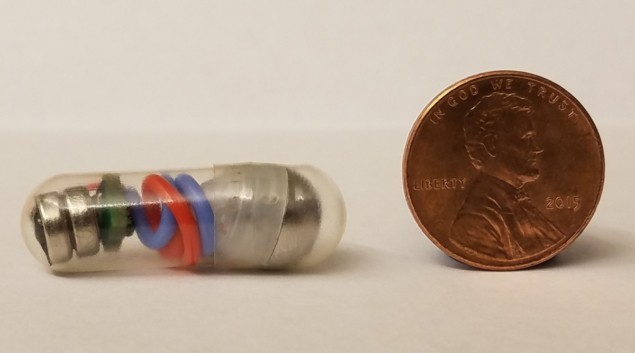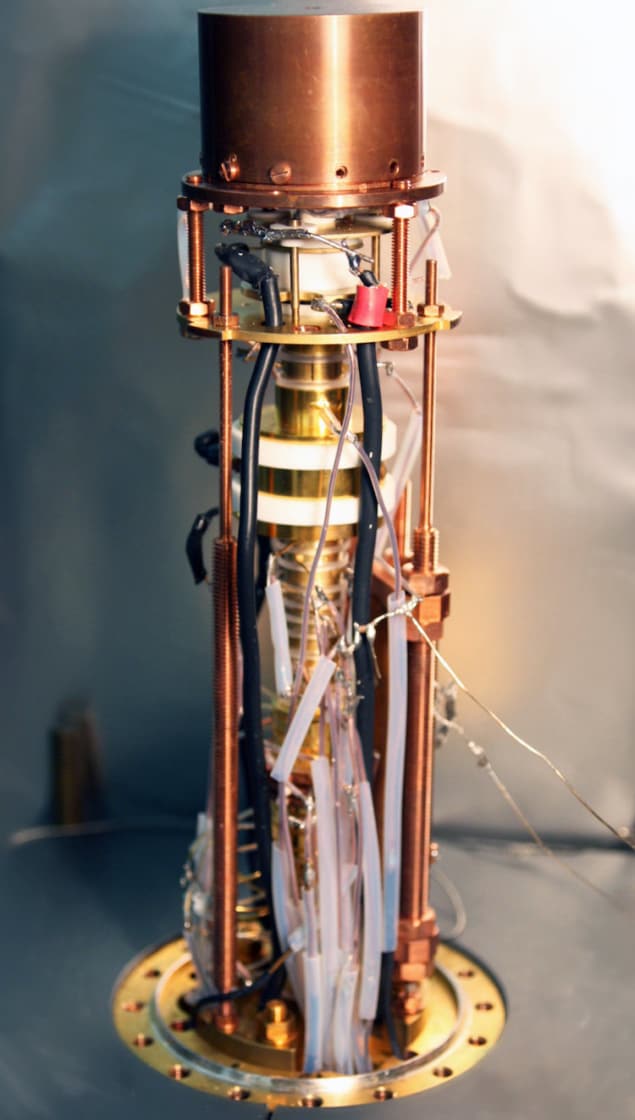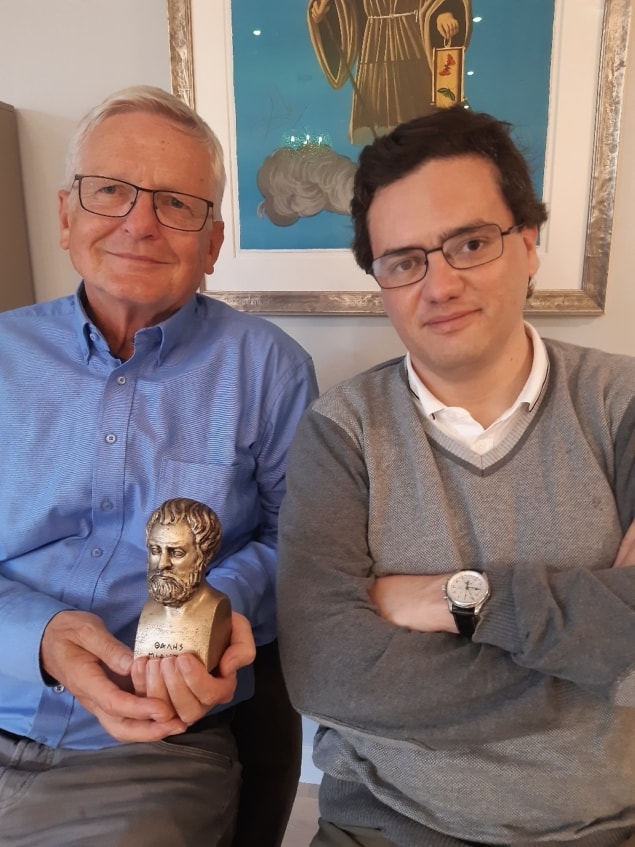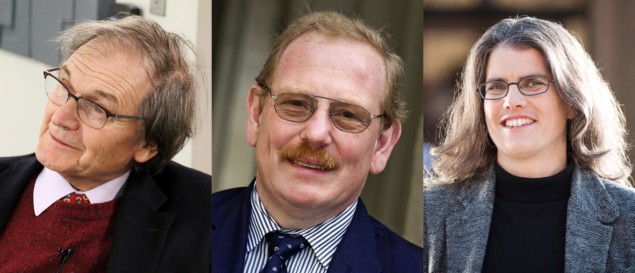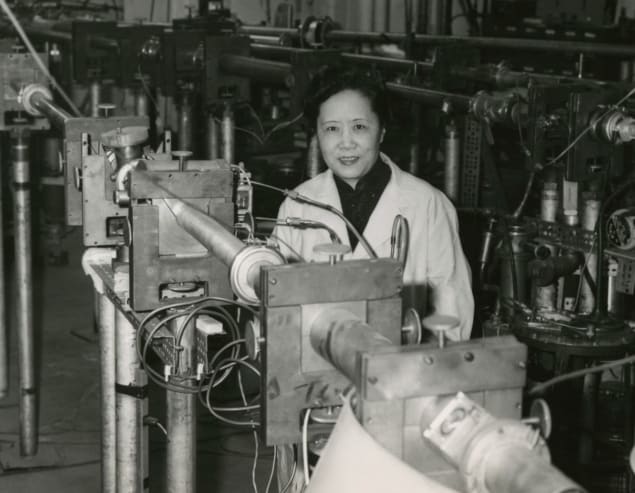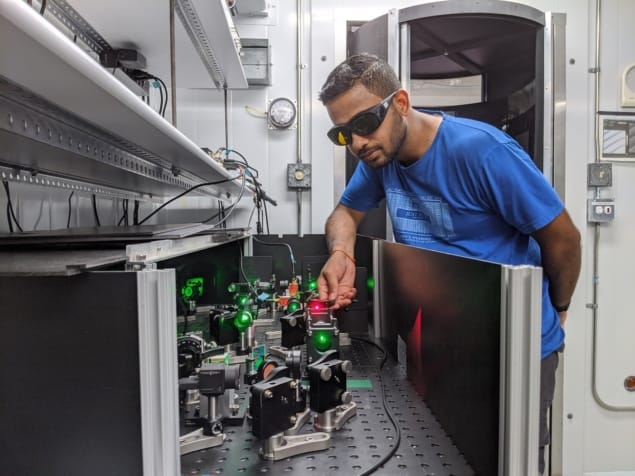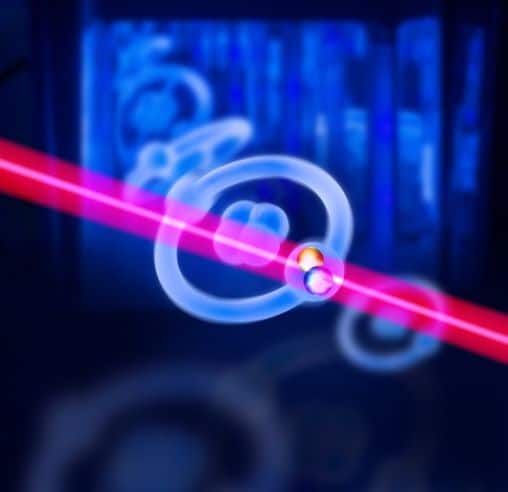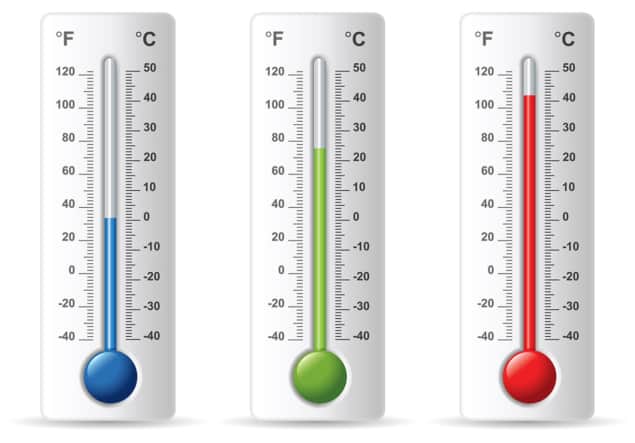New mechanism could reduce plasma turbulence in stellarators
14 Aug 2020
A new mechanism that could reduce plasma turbulence in stellarators has been identified in computer simulations done by researchers in the US and Germany. A similar effect has already been predicted to occur in tokamaks, which like stellarators, confine hot plasmas using magnetic fields.
A plasma is an extremely hot state of matter in which electrons and ions are no longer bound together. The Sun is a dense plasma where nuclei have enough energy to undergo fusion, unleashing huge amounts of energy.
